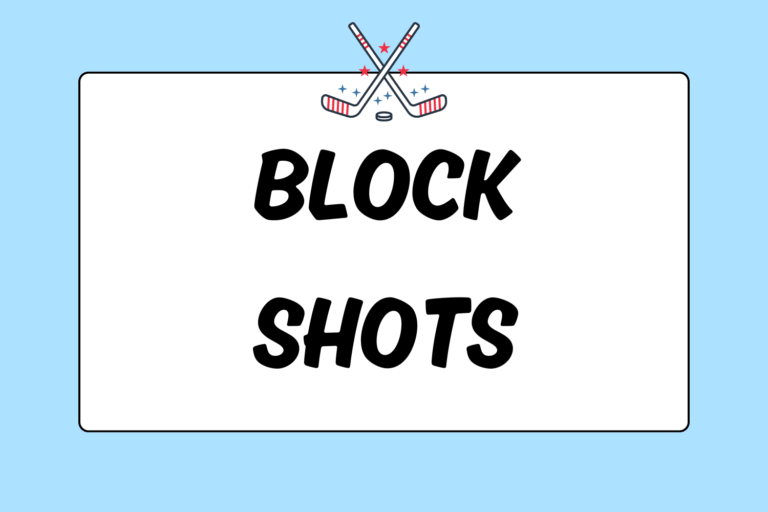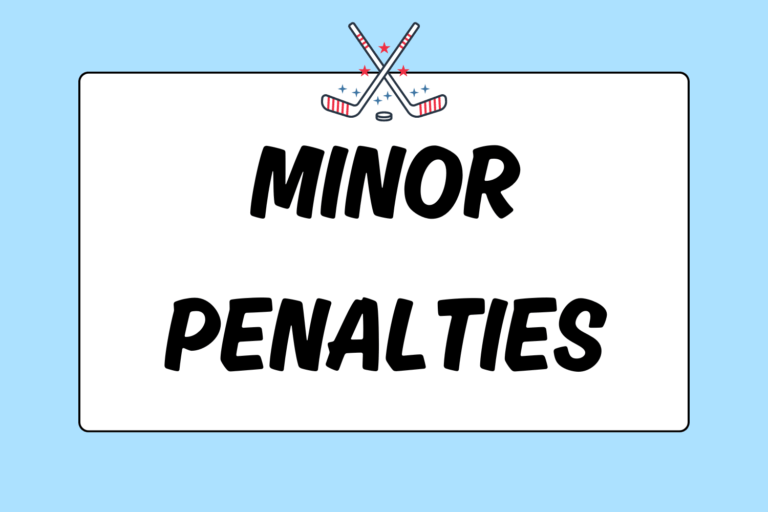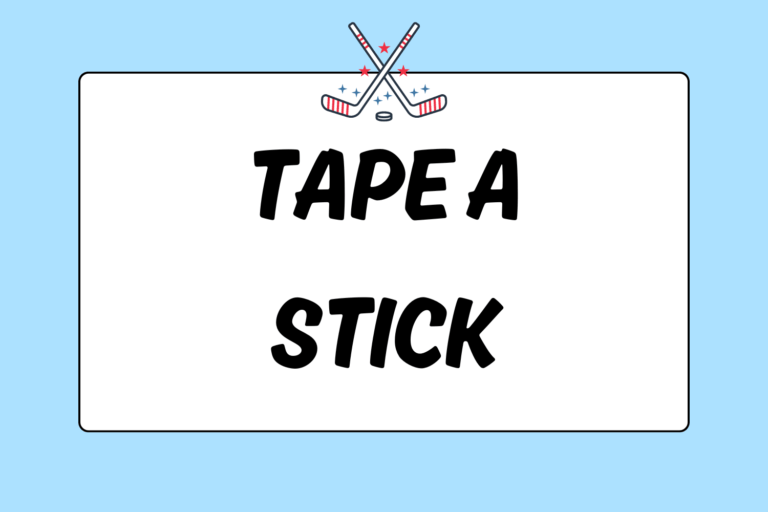In ice hockey, rule violations are called “penalties.” After committing a penalty, the offending player must sit off the ice for a specific amount of time. During this time, the player’s team must play shorthanded.
The most commonly occurring violations are called “minor penalties.” In the case of a minor penalty, the offending player must sit out for two minutes. Under very rare and specific circumstances, a “double-minor penalty” can occur. In the case of double-minors, the offending player must sit for a pair of consecutive two-minute penalties.
Regular minor penalties are assessed for violations having to do with either competitive unfairness (such as interference) or safety (such as elbowing). Double-minor penalties, however, are only assessed for extremely unsafe and unsportsmanlike behavior.
This guide will explain all of ice hockey’s double-minor penalties. In most leagues, there are only four double-minor violations. In some low-level leagues, these penalties can earn players suspensions. As always, it is imperative that you learn exactly how your league enforces rules. This guide should only be used as a reference.
How Double-minor Penalties Work
For minor penalties, the offending players must go to the penalty box while his team is shorthanded. He must stay until two minutes of game time elapses, or until his team is scored on; whichever comes first.
Double-minors work just like the name implies. While four minutes are put on the penalty clock, they effectively act like two consecutive minors. If the opposing team scores during the first two minutes (or while on a delayed penalty), the first penalty expires. When play resumes, the second penalty begins. For example, if the offending team is scored on while there is 3:12 left on the penalty clock, the clock is immediately reduced to 2:00 when play restarts.
Hot Tip: The Deeper the Better
Most teams get by with only two units that practice special teams situations: Two for power plays and two for penalty kills. This is sufficient for most minor penalties, but is sometimes not enough for four minutes of man-advantage time. Though rare, your team should dedicate at least a little bit of practice time to double-minor situations. At the very least, you should know who would be on your third units.
Double-minor Penalties
There are only four actions that merit a double-minor penalty, all of which require rather complicated circumstances. The four double-minor penalties are:
Butt-ending
This is assessed to any player who attempts to strike an opponent with the top point of the shaft of his stick. It is extremely important to note that butt-ending is only a double-minor when it is attempted. If a player successfully butt-ends an opponent, it becomes a major penalty.
Spearing
This is assessed to any player who attempts to strike an opponent with the point of his stick blade. As with butt-ending, spearing is only a double-minor when it is attempted. If a player successfully spears an opponent, it becomes a major penalty.
Head-butting
This is assessed to any player who attempts to strike an opponent with his head or helmet. Much like the previous two penalties, only head-butting attempts are double-minors. Successful head-butts are major penalties.
High-sticking
The last double-minor is slightly more complicated than the rest — and much more prevalent. High-sticking can be either a minor penalty or a double-minor. It’s a minor when the offending player strikes an opponent above the shoulders with his stick and does not cause injury.
A high-sticking double-minor is assessed to any player who injures an opponent with a high-stick. Unlike the other double-minors, high-sticking need not be intentional. Generally, most instances of high-sticking are unintentional. Note that whether or not the play causes injury is at the referee’s discretion. Drawing any blood is the most common indicator that high-sticking will be a double-minor.
Sportsmanlike Conduct
In our guide Understanding Minor Penalties in Ice Hockey, we advise that there is a time and place for committing certain minor penalties. For example, hooking an opponent to prevent a sure goal can be a good strategic decision. However, it cannot be stressed enough that this does not apply to double-minors. The reason for this is twofold:
- Double-minors set the opposing team up to receive two power plays. During this time, that team can score up to two goals. Sure, committing a double-minor may prevent a sure goal, but after the penalty minutes expire, you may have given up two goals.
- Double-minors are both extremely dangerous and very unsportsmanlike. The violations can cause severe injury and/or earn you a suspension. They have no place in a hockey game played by gentlemen.
Players should avoid double-minors at all times. Those who frequently commit double-minors will likely earn a reputation of being “dirty” players. Aside from being an undesirable moniker, this can also get you into extra trouble on the ice. Refs will constantly watch players who they think are “dirty.” Do your best to play the game as it was meant to be played: Safely and with honor.





